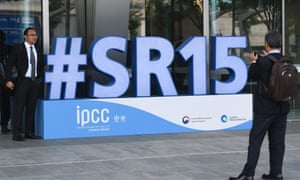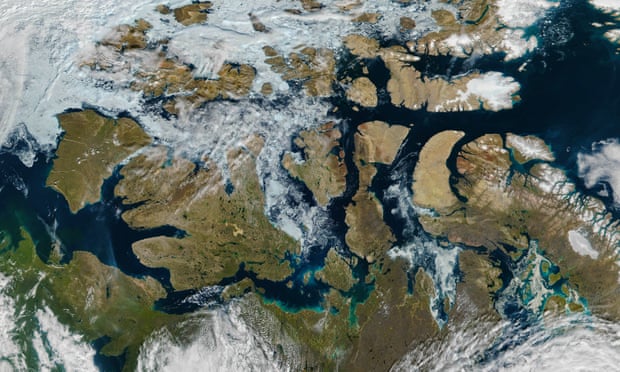1. The Conservative thrust: Do away with transfer payments. (this has been a complaint of the US for the past 20 years)
2. He fails to mention the low prices were agreed upon with the US by Ralph Klein and Ron Liepert! They didn't just happen nor was it market driven.
3, Quebec has a very larger surplus of electricity from it's aqua-generation facilities which the US doesn't want because it has re opened it's nuclear facilities. Quebec wants to ship the electricity to Alberta and East to BC and to the American West. Our power, is owned by the cities and is basically a form of indirect taxation. We can't change! This is why we don't have a national energy strategy.
4. Energy east is predicated on the use of a Natural Gas pipeline to move oil. Essentially, to replace the pipeline. Not a bad idea, the right of way is worth more than the pipeline.
5. Legault is another trying to break up Canada with contentious statements and stands. Alberta is always quick to anger that is fostered by the LDS in southern Alberta.
6. Post Media, the Montreal Gazette and the New Brunswick papers all controlled or influenced by Bell Media company blocked posts that were contrary to the Conservatives. This now leaves the door open for those 3 elections to be set aside because of tampering by a foreign entity. (Bell Media) and new elections called.
FREDERICTON — The rookie Tory premier of New Brunswick has
declared the Canadian federation fractured — with Ottawa and other provinces
seemingly unconcerned about Alberta's slump, and Quebec actively blocking
economic development.
Blaine Higgs says he was shocked at the recent
First Ministers meeting in Montreal to find there is no national urgency or
strategy to deal with the 70-per-cent devaluation of oil in Alberta.
Here's a province that has fed many of our kids
for years and we've all been happy to be recipients of that transfer payment.
I'm not proud of that fact, and I would like to develop the very industry that
they have," Higgs said in a year-end interview with The Canadian Press.
"But for us in that meeting, not to have
that as the focal point a crisis in our country, as a serious impact on Alberta
and potentially a serious impact on all of us, like it was just another
day."
Higgs is pushing to revive the cancelled $15.7
billion Energy East pipeline project that would have moved western crude to
refineries in Eastern Canada and an export terminal in Saint John, N.B., but
Quebec Premier Francois Legault is opposed to it passing through his province.
Legault recently provoked the ire of western
Canadians when he said there was "no social acceptability" in his
province for a "dirty energy" pipeline from Alberta.
His comments drew rebukes from pundits and
western leaders such as Alberta Premier Rachel Notley, who said Legault
"needs to get off his high horse."
Higgs, a former oil executive, is proposing that
federal transfer payments be cut to force provinces to develop their natural
resources.
"Here's Premier Legault getting an increase,
a cheque of more than $13 billion out of the $19 billion in transfer payments,
and no real sense of urgency," Higgs said.
He said that as a result of devalued oil, Alberta
is losing $80 million a day, and all the provinces — including New Brunswick —
should share in the pain through cuts in transfers.
"We should cut what goes to each province,
based on our ability to get the resource to market," he said.
Higgs said the debate over Energy East
demonstrates how the federation is fractured.
"So with Alberta, Manitoba, Saskatchewan,
Ontario and ourselves — we are very much aligned — and Quebec in the middle in
this case for transportation from west to east is not only disappointing, it's
really shocking," he said. "I saw a willingness through every
province but I didn't see that willingness in Quebec."
Higgs said there should be a utility corridor
across the country that could house pipelines, power transmission lines, and
communication systems. He said, like the national railway, it would be a
right-of-way through the country.
Higgs said another area where the federation is
fractured is with the way provinces are being treated differently by Ottawa
when it comes to the carbon tax, which goes into effect next year. He said it
is far from a level playing field, because the provinces are being asked to
meet the same targets despite starting from different carbon-emission levels.
New Brunswick is an intervener in legal
challenges launched by Saskatchewan and Ontario and has launched its own legal
challenge of the carbon tax.
He said the proposed federal backstop — the tax
Ottawa will impose in provinces without their own carbon taxes — puts New
Brunswick at a disadvantage, and if it remains in place, New Brunswickers will
be paying the country's highest tax on gasoline by 2022.
Higgs won a minority government in this fall's
election, having run on a platform of fiscal responsibility. The Liberals tried
to cling to power, but were defeated in a confidence vote on their throne
speech after the three members of the upstart People's Alliance party agreed to
support the Tories on confidence votes for at least 18 months.
Looking out his office window at the spectacular
view of the provincial legislature and the Saint John River, Higgs said he
doesn't take his time as premier for granted.
"I took a picture of the view because I
could only be here a short time," he said.
Higgs, a 64-year-old engineer and former finance
minister, was hired by Irving Oil a week after he graduated from the University
of New Brunswick. He was eventually promoted to director of distribution,
overseeing oil transportation across eastern Canada and New England.
Higgs said he needs to administer some tough
fiscal medicine right away in order to get quick results. He points to his
decision to slash $265 million from capital spending plans the previous Liberal
government had in place.
"I do want to make things happen in a hurry,
but that's kind of my nature. I like to look at an issue, look at the facts,
and then get on with it, and not spend time going around and around."
He is vowing to balance the budget in the spring
in an effort to avoid a downgrade of the province's credit rating.
"I do not want to pay more interest. I would
rather have $25-30 million a year going into service delivery than interest
payments," Higgs said.
Higgs said the province's finances and the
creation of a customer service focus for government are his priorities for
2019.




